
Protein organization could pave the way for effective vaccine development

Females are more frequently affected by Long COVID than males, highlighting distinct immunological processes and hormonal variations.

Gilead’s HIV-1 capsid inhibitor, which is a twice-yearly injection, was more effective than a daily Truvada pill in a phase 3 trial.

C diff remains a major healthcare burden globally, with over 225,000 hospitalizations in the US alone. Over half of these cases had recent antibiotic exposure, underlining the significant relationship between antibiotic use and the risk of the healthcare-associated infection.

The benefits, challenges, and prospects of wastewater data in enhancing public health strategies against AMR.

Crestone’s novel therapy, CRS3123, demonstrated 97% clinical cure rate in small phase 2 study.

The study on the E coli outbreak in the UK highlights the growing impact of climate change on public health and food security.

Kevin Nguyen, PharmD, offers some insights on some of the challenges in the outpatient setting with regards to stewardship, and novel strategies being utilized.
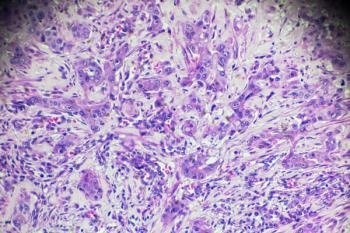
The gene USP26 is identified as a factor in hepatocellular carcinoma development and a potential therapeutic target.
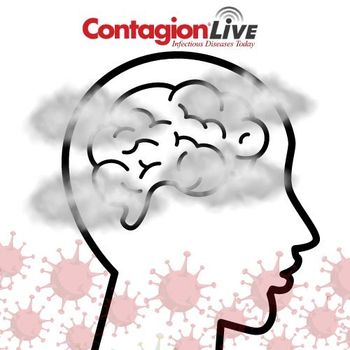
Recent data and conversations with experts highlighted the increasing concern of Long COVID’s impact on the brain in patients who have been previously infected with the virus.

Internal tremors are a newly recognized and troubling symptom of Long COVID, experienced by over one-third of participants in a Yale-based study

Syra Madad, DHSC, MSc, MCP, CHEP, outlines early surveillance systems and diagnostic innovations for enhancing pandemic management and response.
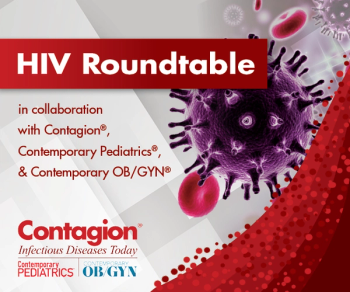
Our panel discusses this patient group and the challenges associated with their care.

FDA announced the outbreak already impacted 65 people across 9 states, with 24 hospitalizations.

Debra Goff, PharmD, discusses her advocacy around this topic and bringing the stewardship message to dentists about how antibiotic prescribing practices have changed and getting them to recalibrate their thinking and actions in their field.

First case this year without a documented occupational exposure to infected animals.

Mass distribution of azithromycin twice yearly to infants and children did not comply with WHO recommendation but reduced all-cause mortality.

James Graham, CEO discussed the company's progress in developing a new antibiotic for sepsis and diabetic foot ulcers.

Benjamin Park, MD, offers insights on the federal agency’s role in AMR.

Britton Strickland, MD discusses innovations in microbiome research and their impact on antimicrobial resistance.

Bala Subramanian, PhD, highlights how the novel antibiotic BWC0977, with its dual intravenous and oral formulation, is poised to transform the fight against antimicrobial resistance.

Jennifer Ronholm, PhD, discusses the novel concept of microbiome protection to create healthier animals and reduce antimicrobial usage.

Akhila Kosaraju, MD, addresses overcoming key challenges in antibiotic development using AI, a nonprofit model, and supportive policies.

Amanda Jezek, of the Infectious Diseases Society of America (IDSA), offers some insight on the prospective bill in Congress, as well as other AMR initiatives the organization is involved in.

Insights from Catherine Bertrand Ferrandis, DVM, on the role of One Health and interdisciplinary collaboration.

After Diane Shader Smith lost her daughter, Mallory, to a multidrug resistant infection, she turned her personal tragedy into a mission designed to inform people about antimicrobial resistance (AMR), and have the public coalesce around this expanding medical issue.
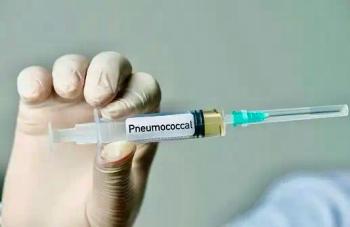
The Phase 1/2 study of VAX-31 demonstrated that the vaccine was well tolerated and elicited strong opsonophagocytic activity immune responses across all 31 evaluated serotypes.

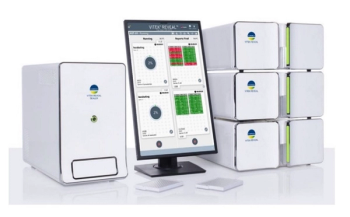
Results in about 5.5 to 6 hours, employing advanced technology to detect bacterial growth and minimum inhibitory concentration.
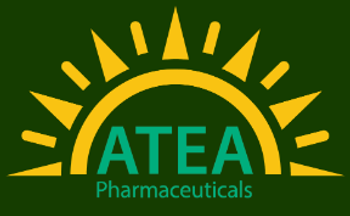
Atea pharmaceuticals' oral nucleotide RNA-dependent RNA polymerase inhibitor advances in phase 3 trials for COVID-19 and phase 2 trials for hepatitis C, showing potential efficacy.